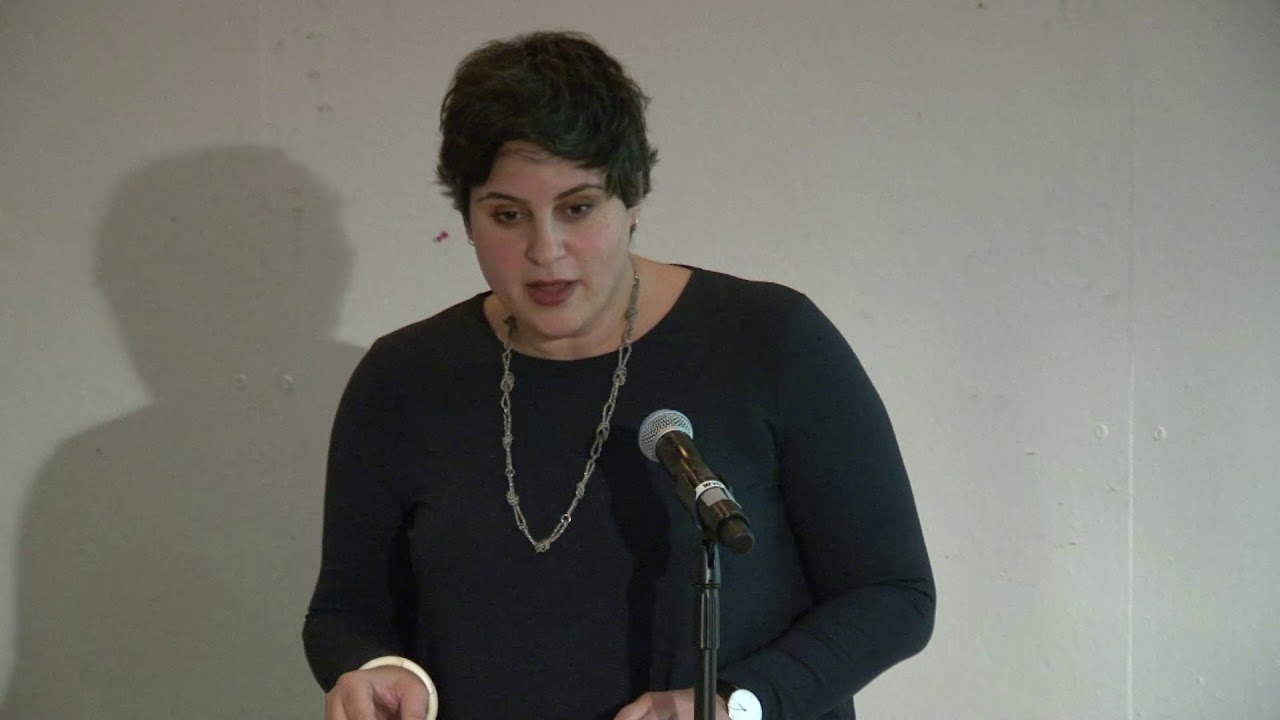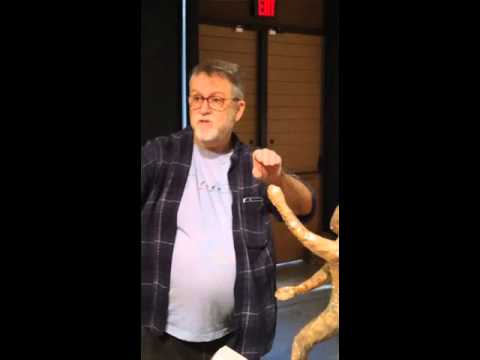How can you use energy as a critical component of cultural and literary analysis? Does making a link between a specific energy system and a previously defined literary or cultural period, movement, or aesthetic form open up new ways of analyzing texts and cultural forms? While the energy humanities have insisted (correctly) that we imagine modernity as deeply shaped by fossil fuels, the outcome of this energy periodization is different than we might hope or imagine. This talk will outline the critical possibilities and limits that come with the introduction of energy into social and cultural analysis.
Followed by a panel discussion with:
Rania Ghosn, Assistant Professor of Architecture and Urbanism, MIT School of Architecture + Planning
Caroline A. Jones, Professor of Art History, MIT School of Architecture + Planning
Rosalind Williams, Bern Dibner Professor of the History of Science and Technology, MIT Program on Science, Technology, and Society
This talk was presented on October 11, 2017 as part of the IHS Markit Seminar Series.
About the speaker:
Imre Szeman is Canada Research Chair in Cultural Studies at the University of Alberta and professor of communication and culture at the University of Waterloo, Canada. He conducts research and teaches in the areas of energy and environmental studies, critical and cultural theory, and social and political philosophy. His work focuses on the social and cultural changes necessary to enable energy transition, namely, the transition from oil to other energy systems.. Recent books he co-edited include Fueling Culture (Fordham UP, 2017), Energy Humanities(Johns Hopkins UP, 2017), and Petrocultures (McGill-Queen’s UP, 2017).
___
The MIT Energy Initiative is MIT’s hub for energy research, education, and outreach. Learn more at http://energy.mit.edu.
MIT Energy Initiative
Source



